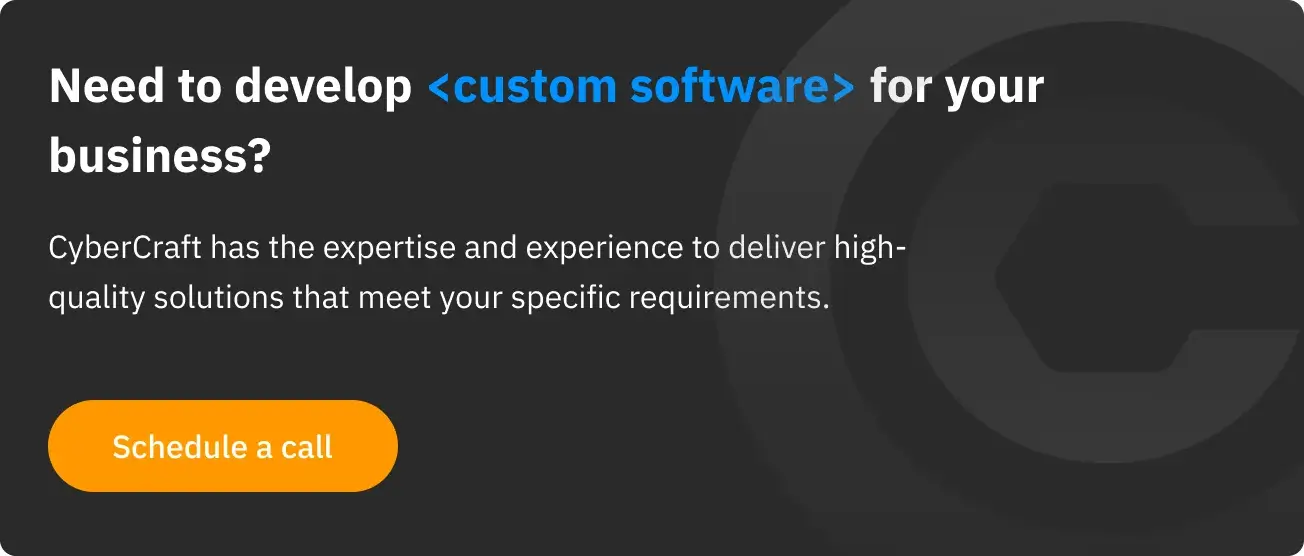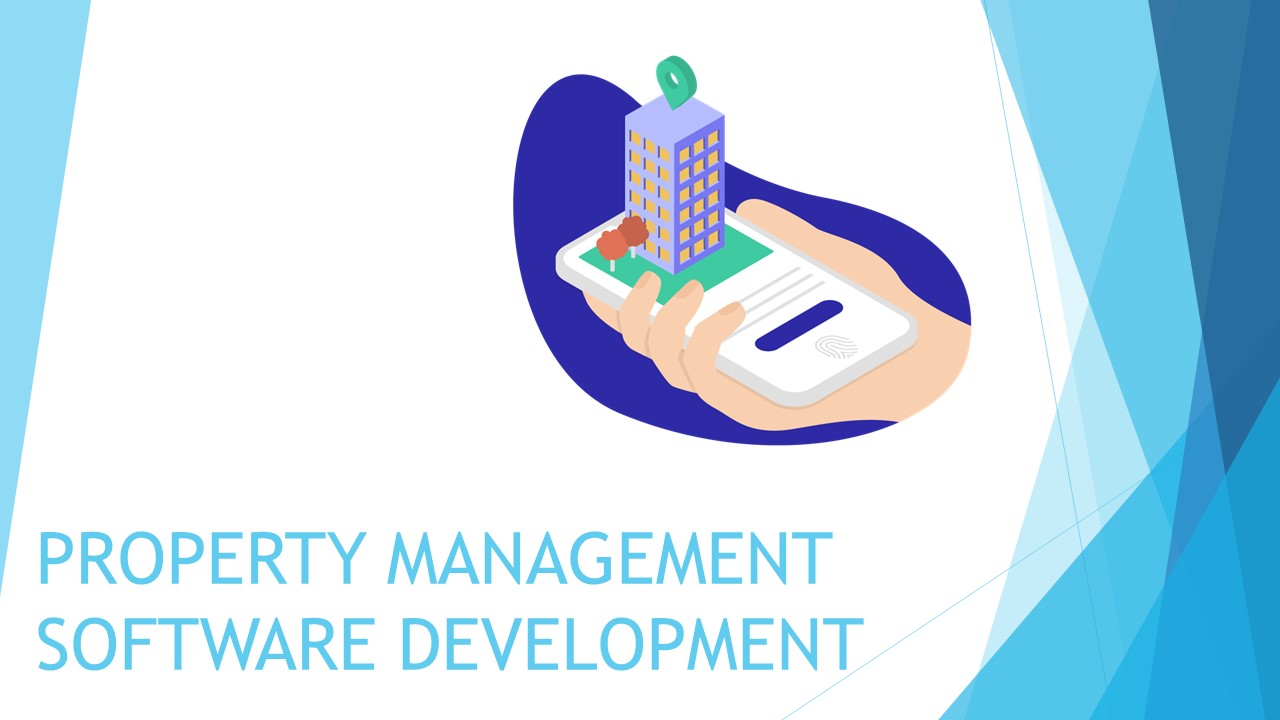Banking Software Development
Searching for a how-to guide on financial software development? Wondering how to bring your banking software idea to life or how to find a reliable financial software developer? Don’t know where to start? Look no further as in this article you will discover the first 7 key steps you must take to build great banking software for your company’s needs. From the initial idea to finding the right banking software services provider – we’ve got it all covered below. Enjoy!
Yes, software development may seem like a very complicated field. Even more so when it comes to banking software development in the era of mobile banking, cryptocurrencies and instant payments. You might be confused and not know where to start and what the first steps to realizing your idea are. But not anymore as below you will see the exact first steps to take before the actual banking application development. So here you go:
- Define your purpose
- Conduct prior research and feasibility analysis
- Select the right platform
- Choose the right technology
- Create a technical specification
- Set your budget
- Select your developer
These 7 steps are mandatory before you start the actual product development. So let’s review each of them in detail.
Step 1: Define Your Purpose

This is the very first thing you must do when you just got started with your financial application development idea. Why are you doing this? What is the goal of this new software project? How will this project benefit your company? Any software project must have a purpose, the end goal in mind. So define yours. Are you going to develop a mobile banking application or maybe you need investment banking CRM, core banking software, etc?
Maybe your goal is to make your services more easily available to your clients or you need a better internal system for human resources management. Whatever that purpose is, clearly define it before you do anything else. Knowing the purpose of the project, you must decide what specific type of software you want to develop. Only after having a clear vision of what that is that you and your team are going to build proceed to the next step – research and feasibility analysis.
Step 2: Conduct Research & Feasibility Analysis

Once you have your end goal in mind you can proceed to the next vital step – researching and analyzing the feasibility of your software development project. Firstly, research the type of software you plan to develop, its peculiarities and the current trends in this niche. Try to find already existing examples of the kind of product you want to develop. Take a look at those and note the key characteristics, what you like and what you don’t like about them. Search for relevant case studies. Learn from the experiences and mistakes of others.
Collect as much helpful information during this stage as you can to avoid any mistakes at later stages. After the preliminary research proceed to feasibility analysis. This type of analysis attempts to reveal the strong and weak sides of your software idea and give you an answer on whether it makes sense to move forward with your project at all. It is better that you conduct this analysis with your project manager or business analyst if you have one.
Four Components of Feasibility Analysis
There are four elements to be analyzed:
- Technical. This part of the analysis assesses the technical resources available to you and how these can be used to fulfill the needs of your project.
- Economic. This section analyzes whether it makes sense financially to develop the software product you intend. One must conduct a cost/benefit analysis at this stage to estimate the economic feasibility of a software project.
- Schedule. This section of analysis deals with the timescale of your project: the deadlines, how much time each stage requires, and other factors that are subject to timing.
- Operational. This element focuses on the important operational aspects of a project such as usability, support, maintenance, human resources needed, etc.
The bottom line is, you must conduct extensive and deep research and feasibility analysis before moving forward. Collect as much important and relevant data as needed and conduct a detailed feasibility examination. Analyze the key four elements of the feasibility of your project before you take the next step – selecting the right platform.
Step 3: Choose the Right Platform

Now you know your goal and you have conducted a feasibility analysis. You know the strong and weak sides of your plan and the key peculiarities, risks, and opportunities. Now there is an important decision you must make – select the best platform for your software. What platform you select largely depends on the purpose of your product and who the end user is. For instance, if we are talking about mobile banking app development then you will have a pretty narrow range of platforms to choose among: iOS and Android or both.
In other cases, you may need financial application development that is web-based. Whatever your particular case is, ensure that you select the platform that corresponds to your requirements and goals best. Having selected the best platform for our financial services software development project, we must make another crucial selection – our technology stack.

Step 4: Select Your Technology Stack

Selecting the right platform alone is not enough. It is further necessary to plan your technology stack – a group of software development technologies and languages that you will use in your project. This stack may include but is not limited to programming languages, database systems, frameworks, etc.
What your stack will include depends on the purpose and application of your software and who the end user is. For instance, a web banking app will probably utilize Javascript, PHP, MySQL, Ruby. An iOS-based application, however, will require a different set of technologies for finance mobile app development as an example.
In any case, ensure that the technologies you have selected for your project will provide you with the most effective stack to reach your end goals. Having done this, proceed to the next step – a technical specification.
Step 5: Create a Technical Specification

Having completed so many important steps you might believe that most of the work is done. This is not correct, unfortunately. The most important part of work is still ahead of us beginning with another crucial step – creating a technical specification document for your project.
In short, this is a detailed technical description of your project and what you are trying to build. It answers in the deepest detail possible such questions as who, why, what, how, when and so on. It lists the goals of a project, its resources, milestones of your plan, vital elements and other important details.
Why Is a Technical Specification Necessary?
You might be wondering why you need this document at all. This document is vital for effective communication and understanding between all the parties involved in your project. Without this document, you most likely won’t be able to proceed any further. Communicating your idea to other team members or your potential bank software developer cannot be done without a technical spec. This document explains your entire software project idea in a brief written form.
How to Write a Technical Specification?
With this being said, the next question that arises is how to actually write a tech spec. Firstly, write a summary of the spec. This is similar to the abstract of an academic paper. It summarizes the whole paper. It describes the goal of the project, who the key stakeholders are, provides information on timing, technical details, etc. Then add background information. Explain why and how the project came to be and what the key concept is. Next, list the main goals you intend to accomplish. Further, provide a detailed working plan for your project.
The Importance of Security
Don’t forget to cover other important aspects such as risks, possible questions, milestones. Devote a separate section to the issue of security. Devise and explain how you intend to guarantee security for your system and its users. Security is an inseparable part of any financial software development project so take your time to think through this aspect. Having composed a comprehensive and detailed technical specification for your banking software project, we can now proceed to the sixth step – setting your budget for the project.
Step 6: Set Your Budget

With a detailed tech spec in our hands, we can finally do some calculations to determine the sufficient budget for our project. Bear in mind that financial software development services usually imply big budgets as this type of software is complex and requires much time and effort.
Obviously, your budget must be sufficient and attractive enough to interest professional developers. However, what may seem like a small budget for an American software firm may be quite attractive for some offshore company in Eastern Europe, for example. The key factor that will determine your budget is the location of the chosen development team.
To provide a hypothetical illustration, hiring at least two-three developers in the US for banking app development may cost you around $200,000 – $250,000 a year minimum. In contrast, hiring them in Eastern Europe, Ukraine, for instance, would cost around $120,000 a year. This way you can save 50% or more on your budget.
So decide on who you want to work with and where. In many cases, companies who are searching for a reliable software developer in banking sector are not able to correctly estimate the necessary budget. In such a case, it is a good idea to have the potential software development contractor perform budget calculations for your company.
The Importance of Margin of Safety
It is important to note that your initial budget estimate is just that – an estimate. The final budget may differ when the final product is ready. It is a good idea to integrate the so-called “margin of safety” into your budget. This margin may be somewhere between 10% and 30% of your budget or even more. The higher this margin is the better.
To recap, ensure that your budget is realistic, detailed enough and sufficient to catch the interest of the best financial software development companies. If you are not able to correctly plan the budget yourself, let your chosen contractor do it for you. Also, always remember to include a margin of safety in your calculations. Once you have your budget planned, you can finally move to the last step – finding the right banking software companies.
Step 7: Find the Right Developer

Finding the right banking software development company is like marriage. If you pick the wrong person, your life may turn into an endless drama. So is it in the case with picking the right financial software development partner for your project. If you select an unreliable developer you will waste a lot of time, nerves and money, and your project will turn into a new Shakespeare’s tragedy. So it is worth taking your time to find the company that you can fully trust and rely on.
So how do you find such a company? There are a few important factors you must take into account:
- Previous experience
- Technical expertise
- Location
- Cost
Indeed, there are many other aspects worth considering but these are the key ones. Let’s review each of these factors in detail.
Previous Experience
Obviously, you don’t want to hire a development team which has never completed projects like yours before. Therefore, the very first thing you must check when reviewing a potential development firm is to see if they have ever completed banking application development projects in the past. If the answer is negative then there is no point in any further consideration of this company, move to the next candidate.
Technical Expertise
Remember we talked about your technology stack? Well, the technical expertise and skills of the company you are reviewing must match your technology stack. Their developers must be world-class at the skills and technologies your project needs. For instance, if you are searching for financial app developers and your project is going to utilize C++ but the reviewed financial application developer does not work with this language then no further consideration makes sense.
If the firm does provide experts in the technologies you need it is further necessary to check their qualifications. A university degree, certificates, and a proven track record are usually sufficient indicators of proficiency. The bottom line is, take your time to carefully examine the technical expertise and technology stack correspondence of your potential development partners.
Location
The location of your software contractor is of vital importance. Where the firm is located affects communication, cost and the quality of the final product. If the time zone gap is too wide you won’t be able to effectively communicate with the development team.
For instance, if your office is based in California but your chosen financial app development team is in Moscow, this would make real-time communication difficult and uncomfortable. However, if your office is in New York, for example, then communication with a team in Europe would be fine as the time gap of seven hours is not that much of a problem.
Secondly, the location of the team will greatly affect the cost. As we have mentioned before, employing a team in the US would be much more expensive than in Eastern Europe or India, for instance. Therefore, it makes sense to select the location which would provide you with cost benefits without sacrificing the quality.
Cost
When it comes to such complex projects as banking application development, every dollar counts. Therefore, it is important to take all the costs into account. Oftentimes, two financial software companies offering the same quality of services may provide quite different cost estimates. Hence, ensuring that the suggested price is absolutely justified is vital when selecting your development partner.
Ideally, you should strive to find the best quality for the lowest price. Therefore, if you have two companies of the same level offering you different estimates it may be a good idea to select the cheaper option even if the company is not based in your country of operation.
One of such options is Cybercraft – a trusted software development company from Ukraine with a proven track record. It provides dedicated remote teams to clients around the globe. With Cybercraft, you get the highest possible level of expertise while enjoying cost savings of up to 60%. Therefore, when choosing between a team based in the US or Western Europe and Cybercraft, the latter is undoubtedly the winner as you get the same level of expertise at a much lower cost.
Conclusion
Banking software development is a long and complex process. Before developing the actual product, you must take seven mandatory steps to make your project successful and avoid any possible mistakes. You must start by defining the purpose of your project, conducting thorough research and feasibility analysis. You must then proceed to select the right platform and technology stack.
Based on your choice, it is then necessary to form a detailed technical specification of the project. Finally, you must do careful calculations to set your budget and find the best software development partner. With these seven steps, you will successfully conduct all the necessary preparations to begin the development process and bring your idea to life. Good luck!




